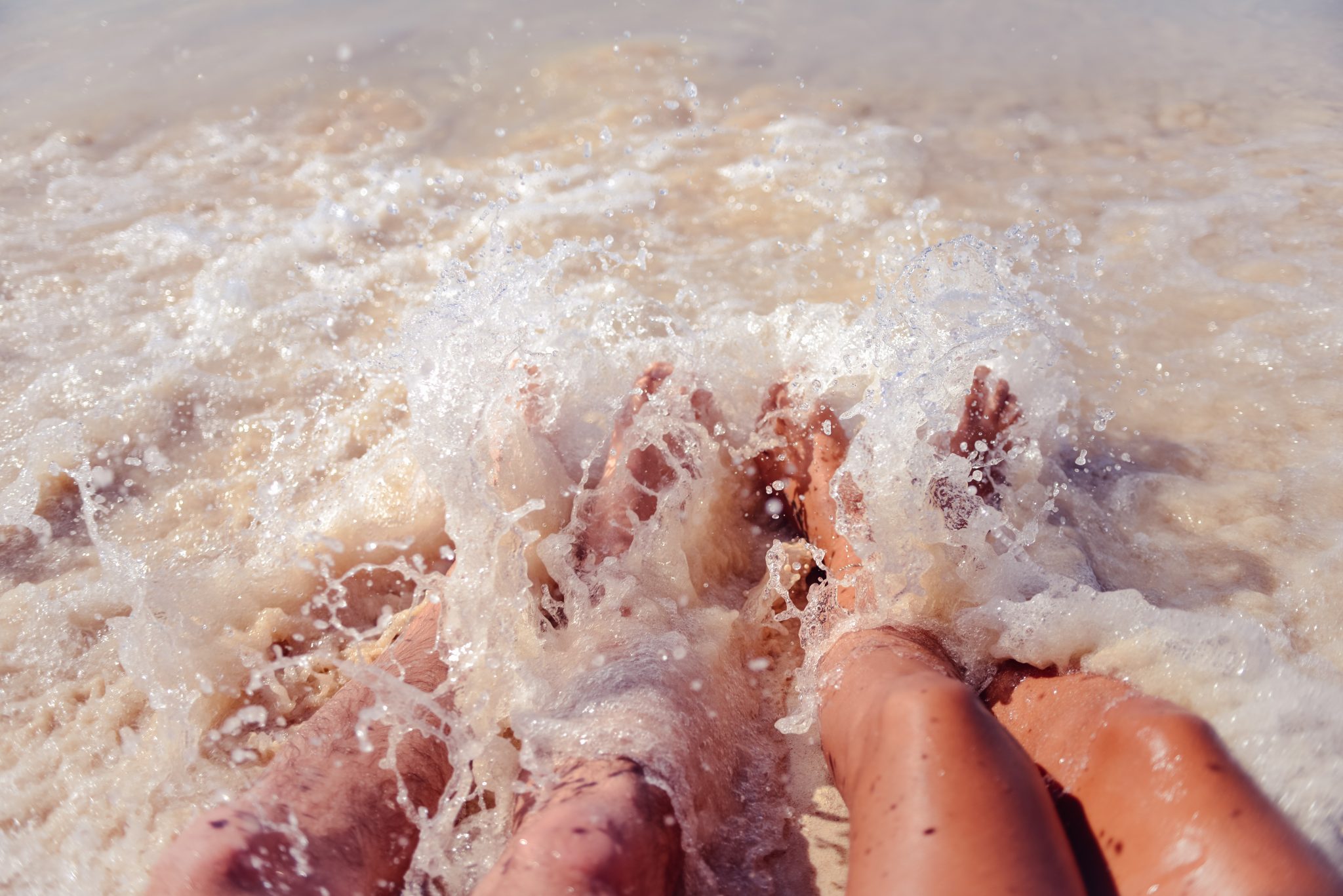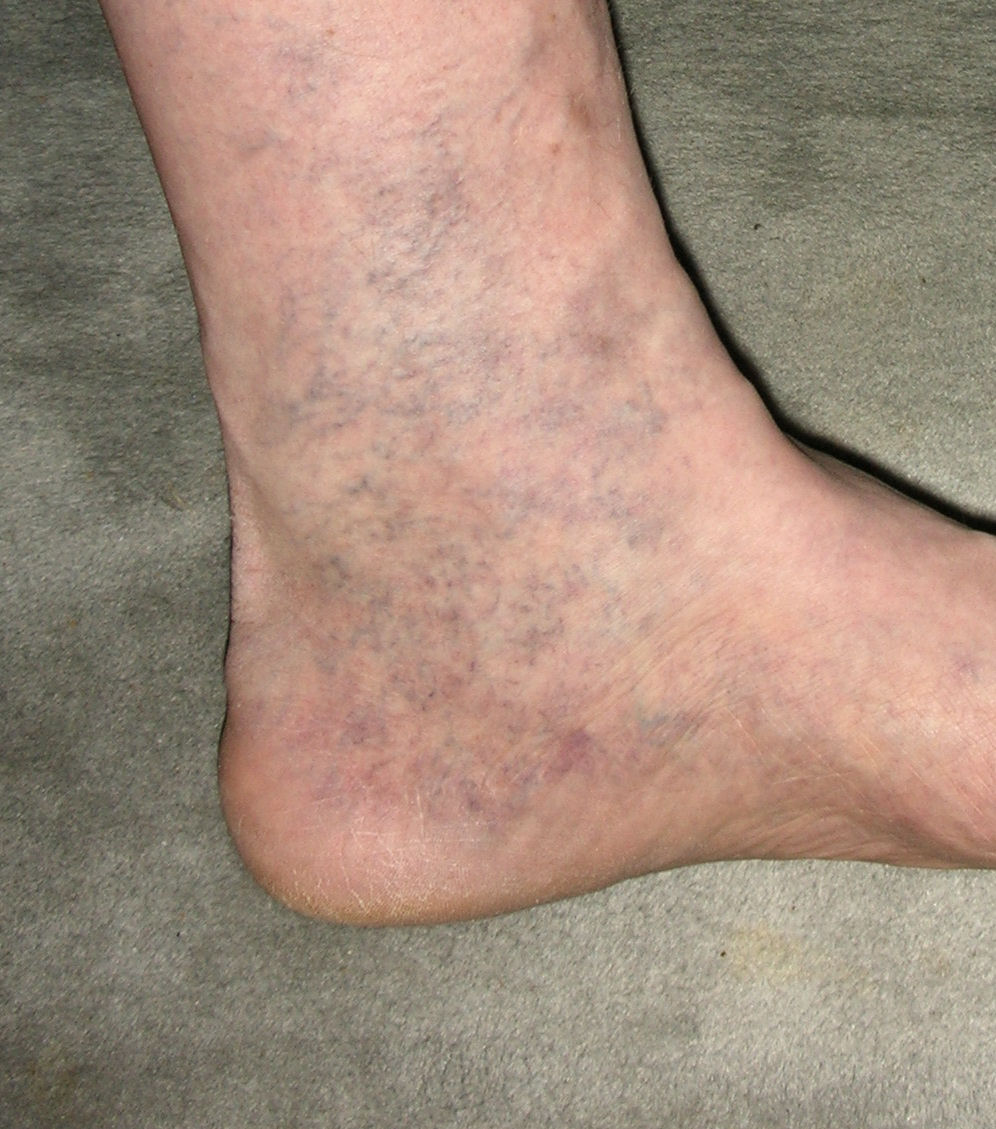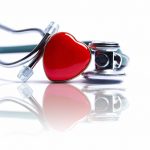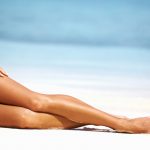Varicose & Spider Veins: What is it, Why You Get it, & How to Treat it
The only two similarities between Varicose and Spider veins are that they are visible and people who are affected hate them.
Many Americans have unsuccessfully tried numerous home remedies to try and completely get rid of or at least minimize the appearance. Everything from massaging, to dry brushing, and even lotions & creams that “guarantee” removal of these veins.

The truth is, these visible veins cannot be cured with home remedies. However, that doesn’t mean that your are stuck wearing leggings or jeans for the rest of your life. In this article you will read about what are, what causes, and who gets varicose and spider veins. You’ll also get the answer you’ve been searching for what: how to properly treat it.
What are Varicose and Spider Veins?
Varicose Veins: are enlarged, swollen, twisted, dilated veins. They are often dark purple or blue and usually develop on the inside of the legs and the back of the calves. Any vein can become varicose, but the legs are most commonly affected.
Spider veins: are a mild variation of varicose veins. They typically appear as clusters of red, blue and purple lines, and are visible on the surface of the skin. Spider veins look like thin lines, and are at times connected together like tree branches or spider webs. Spider veins are more of a cosmetic issue. They normally develop on the thighs, feet and ankles, and also appear on the chin and around the nose.
Varicose and Spider Veins: What To Do When You Have Them?
When you start noticing the veins, it’s important to get them checked out by a specialist. Although, aside from the appearance they may not be painful. However, if left untreated it can eventually become quite painful.
Christopher Hollingsworth, M.D., a vein surgeon at NYC Surgical Associates, gave a good explanation as to why it becomes painful to SELF magazine. “Spider and varicose veins make your legs sore because it’s an inflammatory process,” says Dr. Hollingsworth. “Those veins are getting dilated and stretched out. They’re trying to signal for help in the only way they know how, which is sending off a local inflammatory biochemical that causes your legs to swell and to be sore.”
What Causes Varicose and Spider Veins?
When varicose veins come to mind, a good handful of people think the main suspect to blame is aging. While aging is one of causes for these types of visible veins, they can also form as a result of many other factors. Anything from obesity, pregnancy, working out, hereditary, sun exposure, constipation, history of blood clots, amongst many other things.
If you stand up a lot during the day or you work out consistently, you may be increasing your risk. Eugene Elliot, M.D., a plastic surgeon at Orange Coast Memorial Medical Center in Fountain Valley, CA. told Shape.com “Anything that puts stress on your vascular system can cause spider veins, as the extra pressure inside your veins can cause them to bulge and expand,” he explains.
Unfortunately, as for spider veins, no one knows what exactly causes it.
Who Gets Varicose and Spider Veins?
Anyone can get spider or varicose veins. Theres a common misconception that only adults get spider veins. That’s wrong – teens and even kids can get spider veins. Still, the older you get the more vulnerable you are to getting varicose veins due to changes in the veins that are common with age.
According to WebMD(1) “An estimated 30% to 60% of adults have varicose veins or spider veins.” Plus, women are more likely to develop varicose and spider veins than men are.
How to Treat Spider and Varicose Veins
As previously stated, there are no home remedies to varicose and spider veins. If you want to treat these visible veins you must see a specialist.
The main reason DIY remedies do not work is because you have to go beyond the surface and directly attack the vein.
Specialist treat varicose and spider veins by closing off the vein so that it collapses, and the residual scar tissue stops the blood flow completely. No need to worry, these are all superficial veins, so other healthy veins just take over the circulation.
Here are three best treatments to consider:
THE VEINGOGH OHMIC THERMOLYSIS SYSTEM™
The VeinGogh Ohmic Thermolysis System™ generates a tiny, regulated, high frequency current delivered to the vessel via a hair-thin probe. A “microburst” of energy selectively heats the vein, coagulating the blood and collapsing the vessel wall, which is quickly absorbed into the body. All this is accomplished without affecting the outer layers of the skin resulting in a quick return to normal daily activities.
The VeinGogh Ohmic Thermolysis System™ is a superior solution for the treatment of fine telangiectasia, spider veins and small angiomas. It yields fast, immediate, consistent, repeatable results, with little or no discomfort. It is useful in treating a wide range of fine vessels, vascular abnormalities and skin tags, anywhere on the body. It clears even recalcitrant vessels left by other therapies. It can treat any skin type, usually only a single treatment is required and you can resume normal activities right after treatment.
SCLEROTHERAPY
Sclerotherapy is a widely used non-surgical procedure. Often used as an alternative to surgery, sclerotherapy can reduce or eliminate spider and varicose veins in one to six treatments, depending upon the extent of the problem and patient compliance following the procedure. It has been estimated that as many as 50%-80% of treated veins may be eliminated with each session of sclerotherapy.
During the procedure, a salt solution is injected into the targeted vein using an ultra-fine needle. Patients may experience mild discomfort and cramping for a couple of minutes as the solution is being injected. The procedure usually takes between 15-30 minutes.
Patients can resume normal daily activities immediately following the procedure. Walking is actually encouraged.
Treatment for Varicose and Spider Veins
Support hosiery will need to be worn to compress the treated vessels. While Tylenol can be taken if needed, it is important to avoid taking aspirin, ibuprofen or other anti-inflammatory medications for at least 48 hours following treatment. Patients should also avoid taking hot baths, applying hot compresses or being in direct sunlight for at least 48 hours after treatment.
There are certain side effects that patients may experience following sclerotherapy, including itching and raised, red areas around the injection site, which should subside within a few days. Bruising could also occur lasting several days or weeks. While allergic reactions are rarely serious, if you experience sudden swelling in the leg, the formation of ulcers around the injection site or inflammation within five inches of the groin, please contact your doctor immediately.
ENDOVENOUS LASER TREATMENT
Endovenous laser treatment (EVLT) is a quick, minimally invasive treatment. It takes about an hour and results in very little to no discomfort. During the procedure, a small optic fiber is inserted through a needle into the affected vein using an ultrasound. As the laser is activated, the optic fiber is removed from the damaged vein, while it heats and closes the vein; which causes blood to reroute to nearby healthy veins. Over time, the body absorbs the closed vein.
Treatment for Varicose Veins and Spider Veins
EVLT cannot be used to treat veins that are too small. Only a light sedative or local anesthesia is needed for treatment. Patients must wear compression stockings for a week or more after treatment to reduce swelling and promote healing. Doctors typically encourage patients to walk immediately after EVLT and resume normal activities.
Let Us Help You with Varicose Veins & Spider Veins
At Cardio Vascular Specialist, Dr. Gould and Dr. Sabbota have the experience, the reputation, and technology to treat your visible veins. If you have varicose or spider veins don’t wait until they begin to feel uncomfortable or painful. Make sure to book your appointment today or call (954) 382-1550 for more information.






